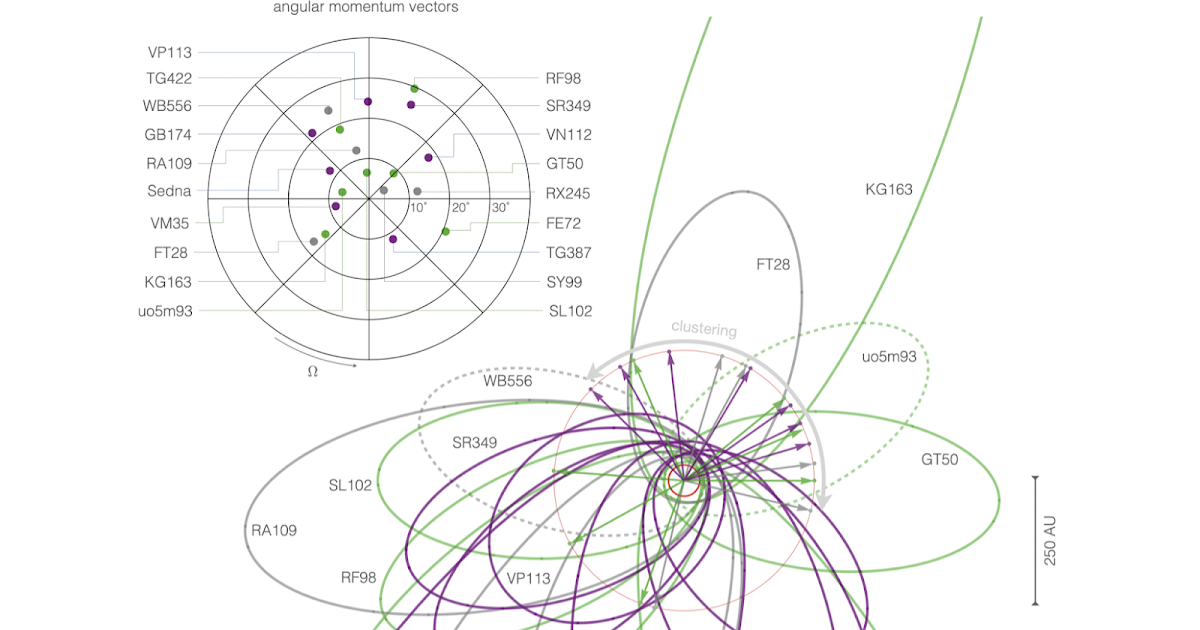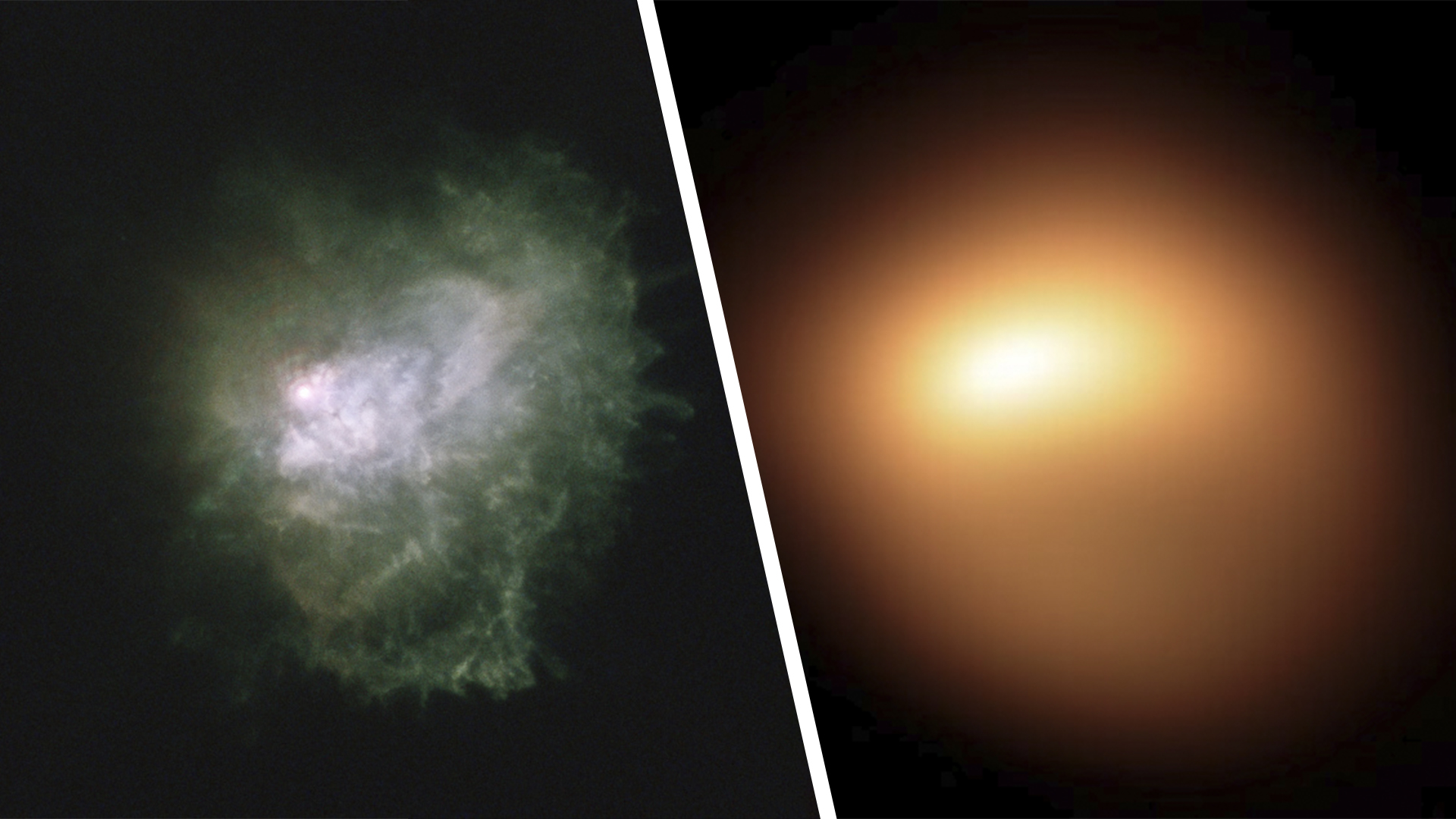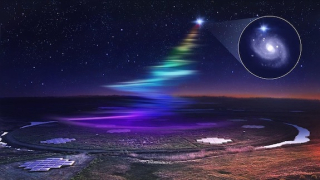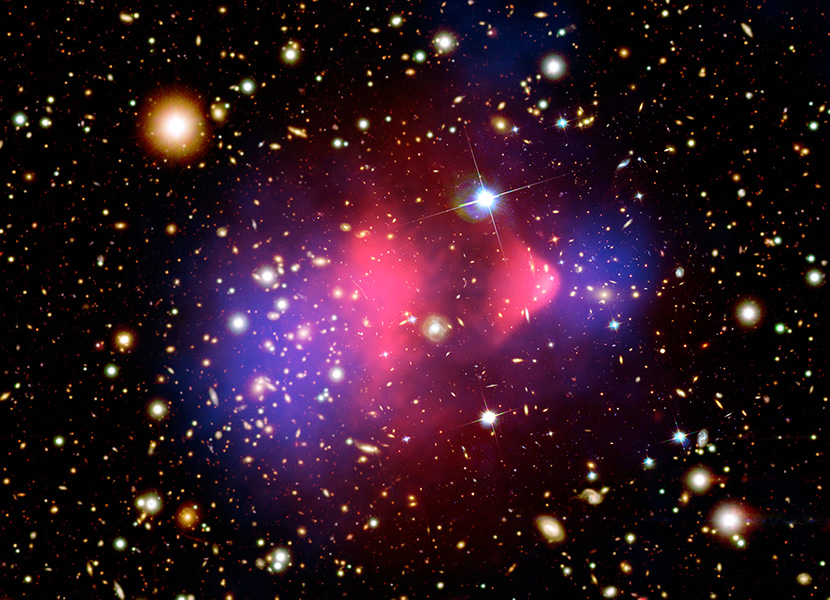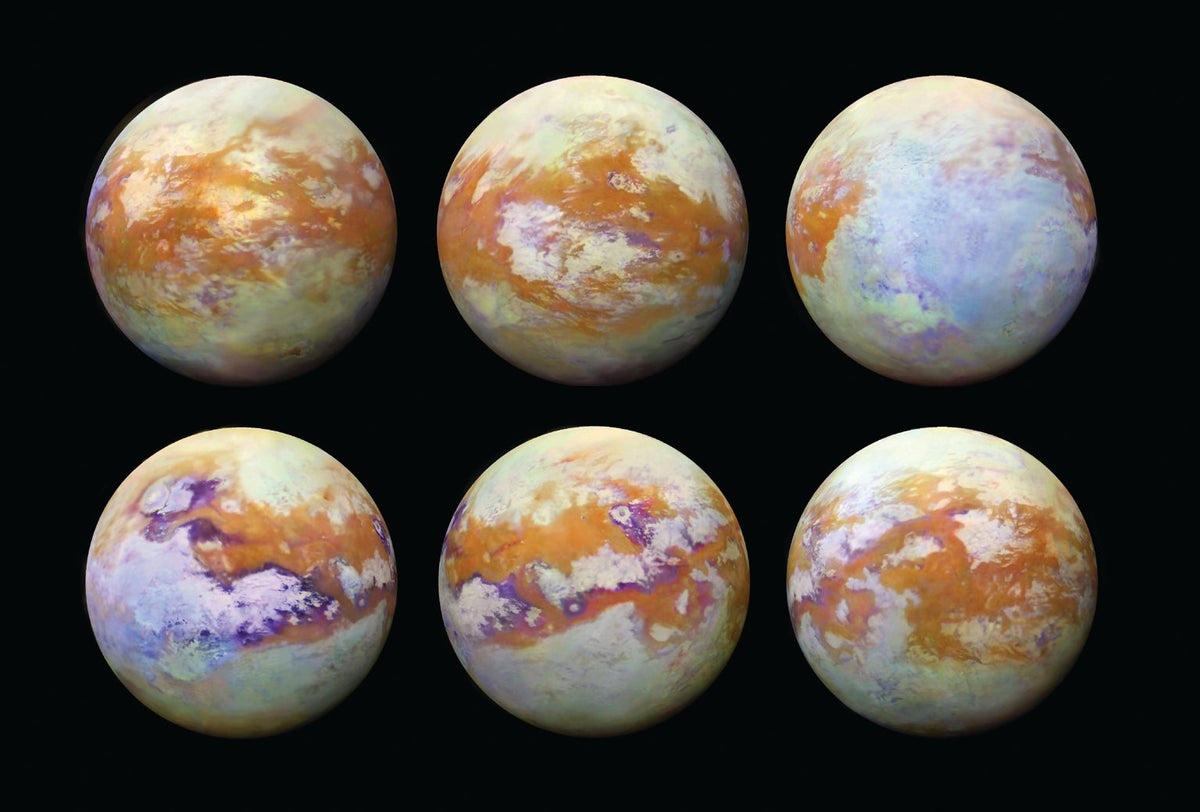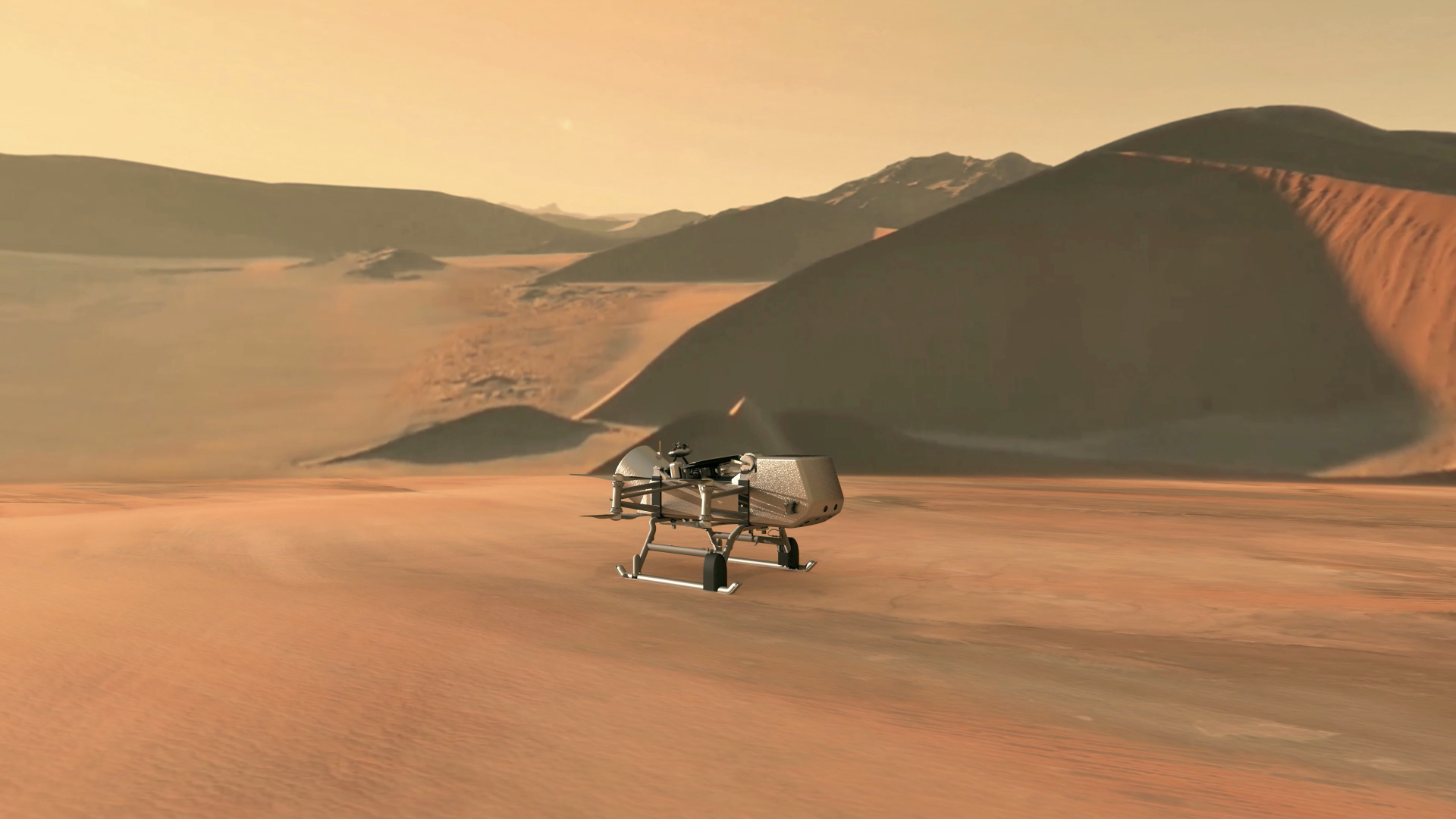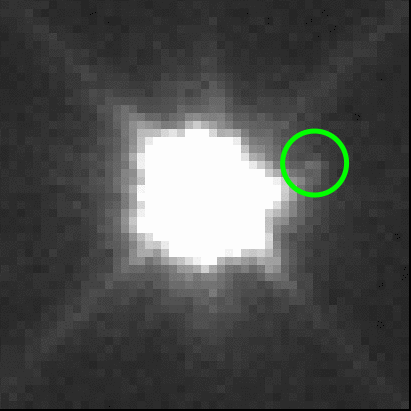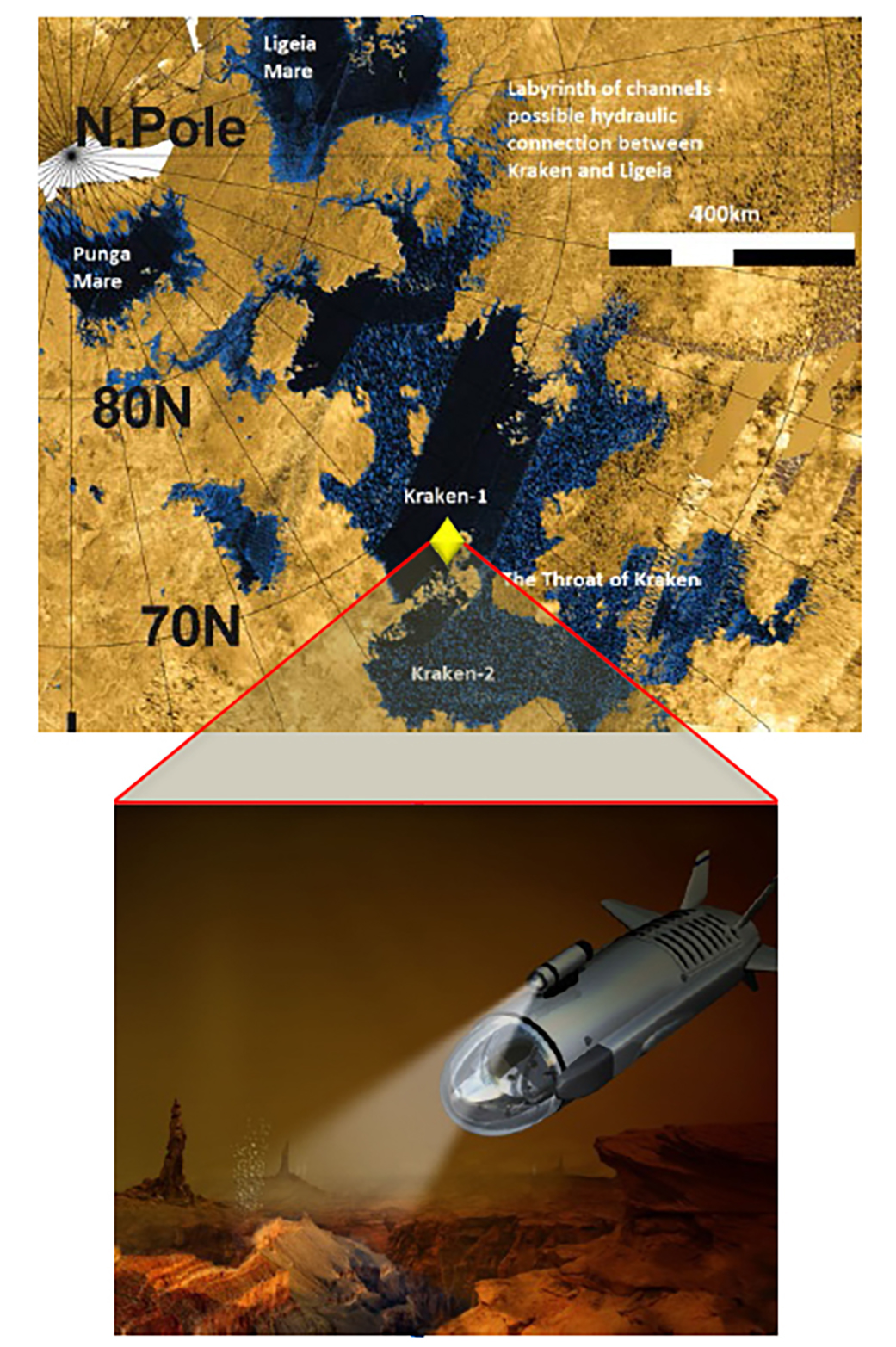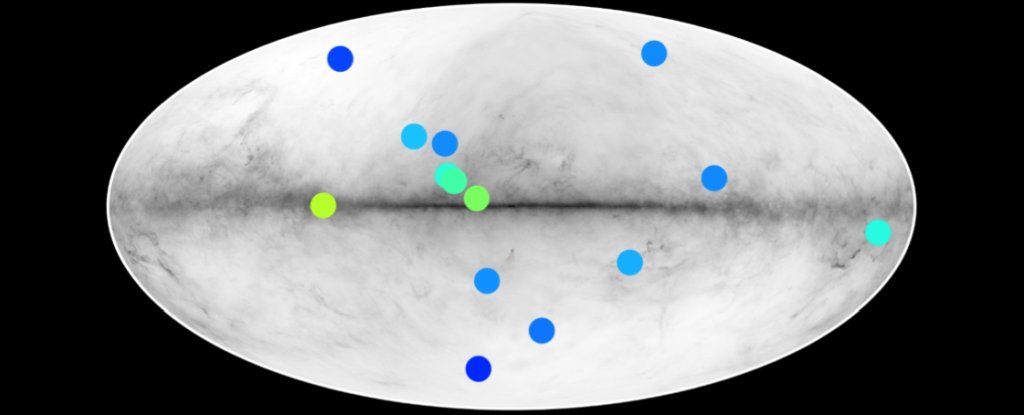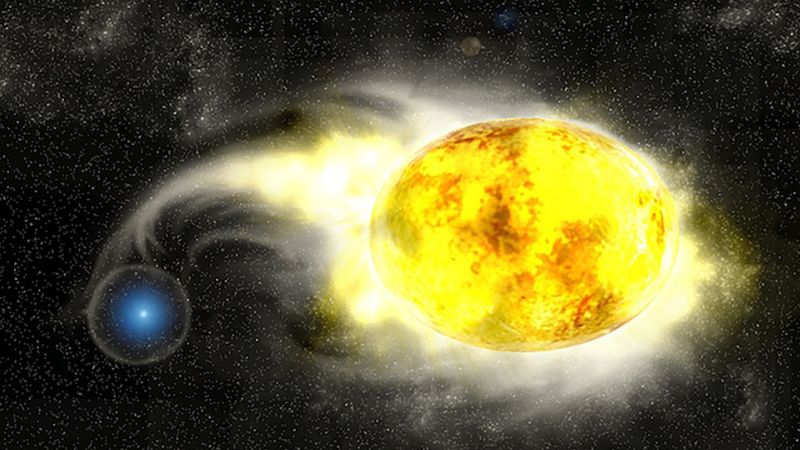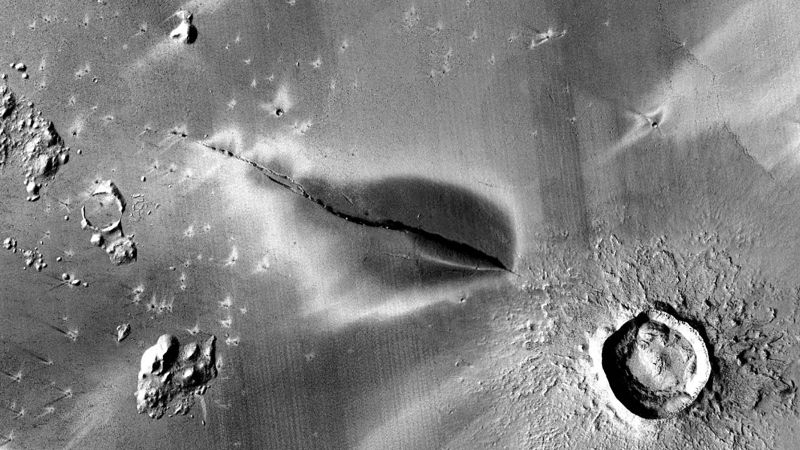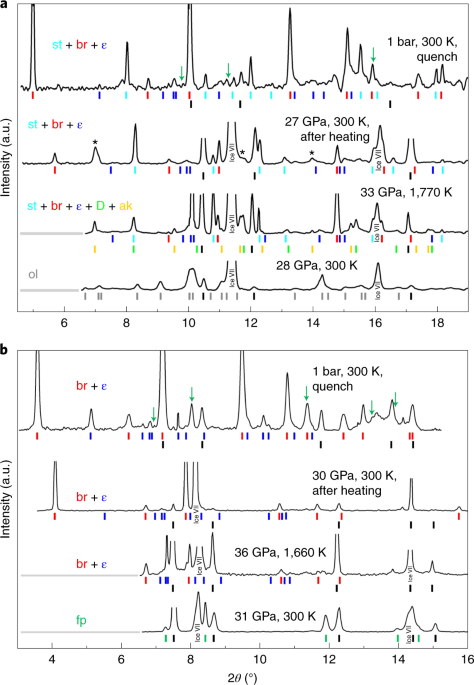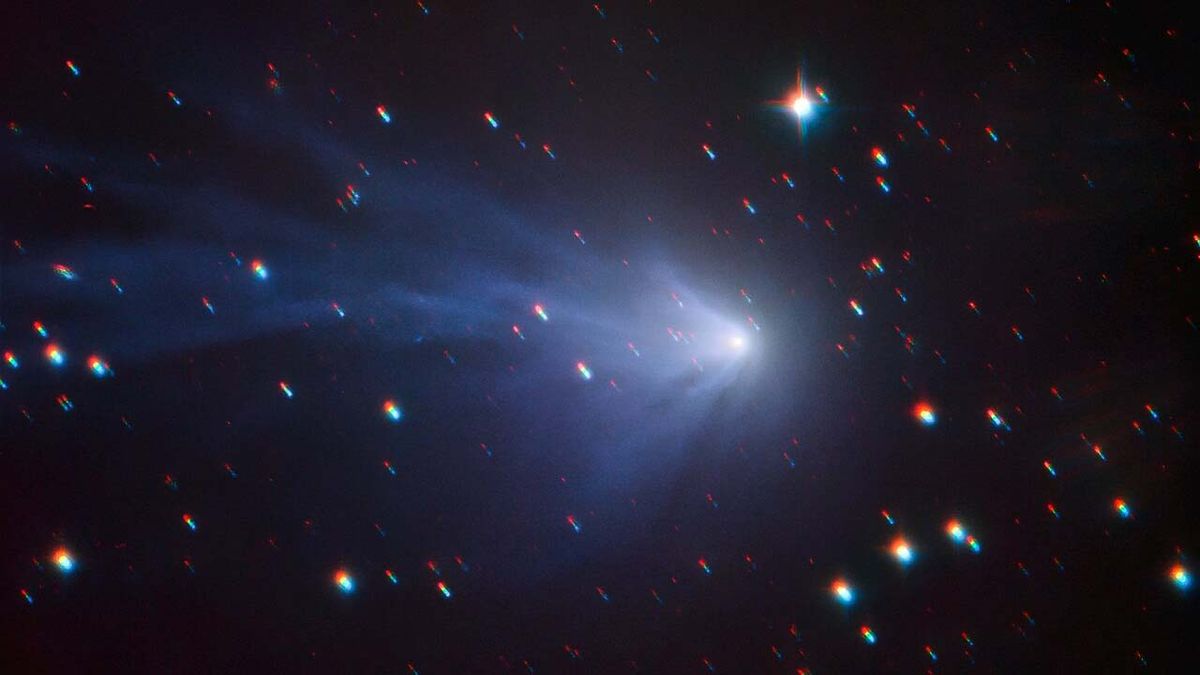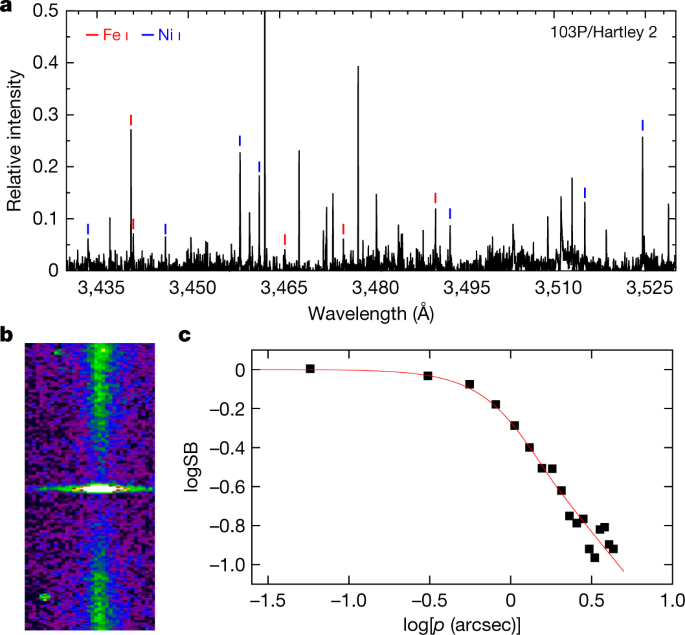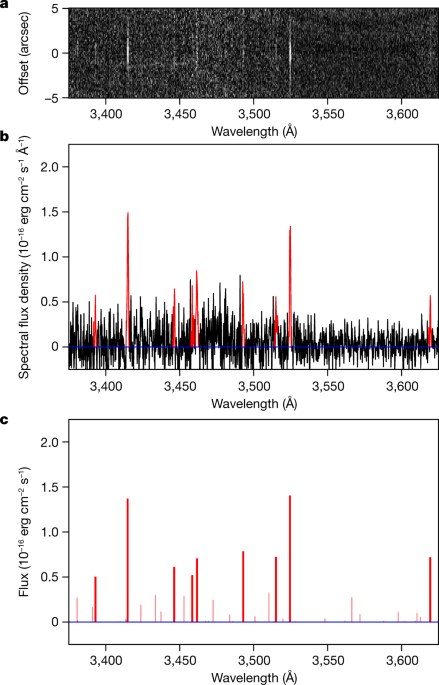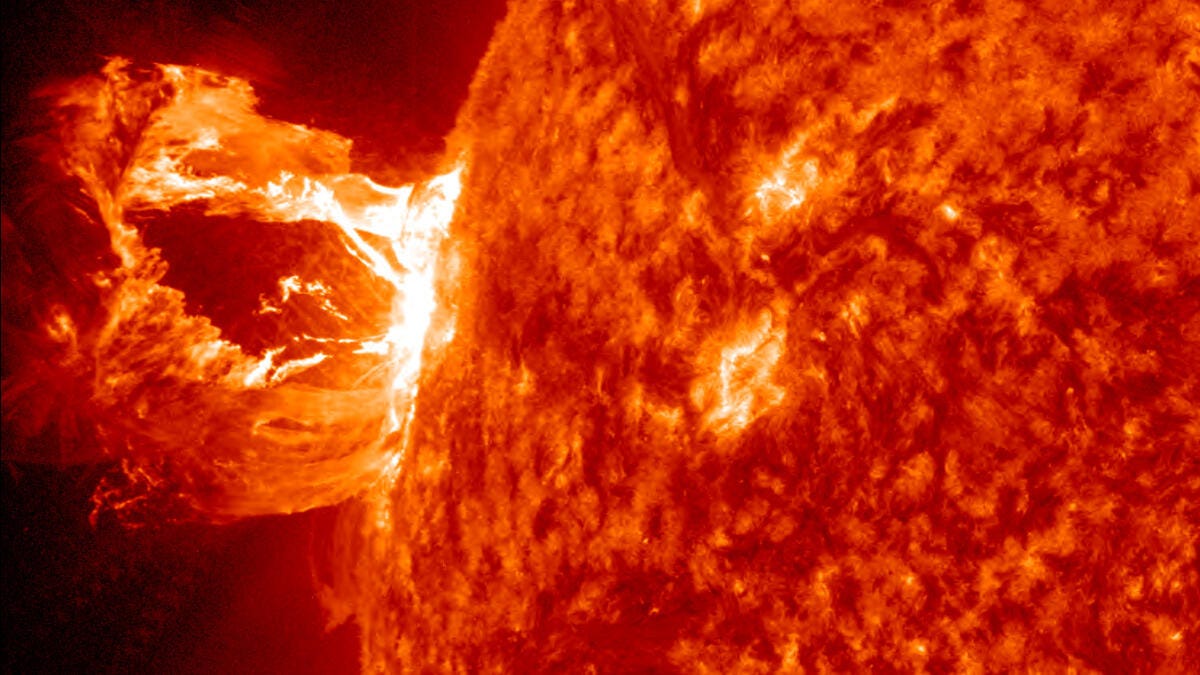Why the renewed focus on astrometry when it comes to Alpha Centauri (a theme we saw as well in the previous post on ALMA observations from the surface)? One problem we face with other detection methods is simply statistical: We can study planets, as via the Kepler mission, by their transits, but if we want to know about specific stars that are near us, we can’t assume a lucky alignment.
Radial velocity requires no transits, but has yet to be pushed to the level of detecting Earth-mass planets at habitable-zone distances from stars like our own. This is why imaging is now very much in the mix, as is astrometry, and getting the latter into space in a dedicated mission has occupied a team at the University of Sydney led by Peter Tuthill for a number of years — I remember hearing Tuthill describe the technology at Breakthrough Discuss in 2016.
Out of this effort we get a concept called TOLIMAN, a space telescope that draws its title from Alpha Centauri B, whose medieval name in Arabic, so I’m told, was al-Zulmn. [Addendum: This is mistaken, as reader Joy Sutton notes in the comments. It wouldn’t be until well after the medieval period — in 1689 — that the binary nature of Centauri A and B was discovered by Jesuit missionary and astronomer Jean Richaud. The name al-Zulmn seems to be associated with an asterism that included Alpha Centauri, though I haven’t been able to track down anything more about it. Will do some further digging.]

